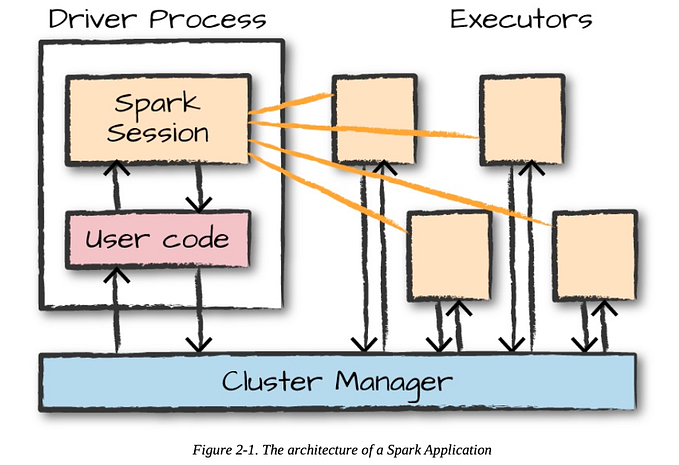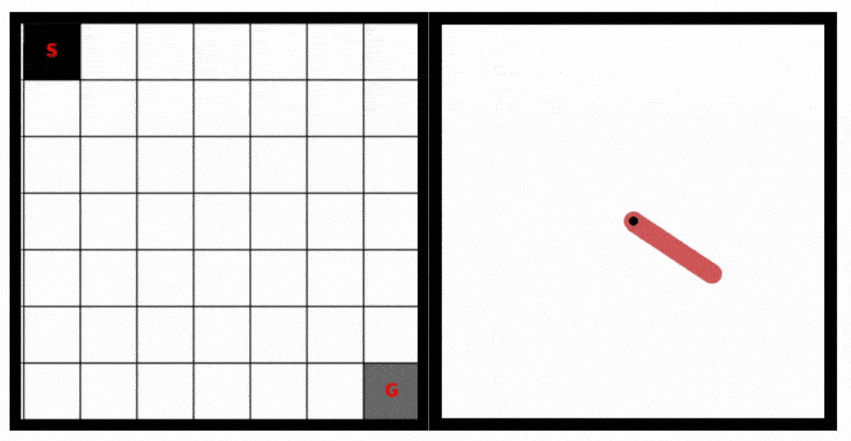Member-only story
Understanding Artificial Neurons: The Core of Deep Learning
Introduction

Introduction Artificial neurons are the fundamental computational units that make up artificial neural networks, one of the core architectures behind deep learning.

Just as biological neurons are the basic information processing units in the brain, artificial neurons perform simple mathematical operations to collaboratively solve complex problems.
In this article, we’ll break down the key components of an artificial neuron, understand the math behind how it works, and see how to implement one in code.
What is a Neuron?
A neuron is the basic building block of an artificial neural network, inspired by the human brain.

It processes input data, applies weights, and produces an output based on an activation function.

An artificial neuron takes in a set of input signals, performs a weighted sum, adds a bias term, and passes the result through an activation function to produce the final output signal. Visually, it looks like this:
Components of a Neuron


1. Inputs (x): Data points (e.g., weather, energy level).
2. Weights (w): Importance of each input, adjusted during training.
3. Bias (b): Shifts the output for better flexibility.






